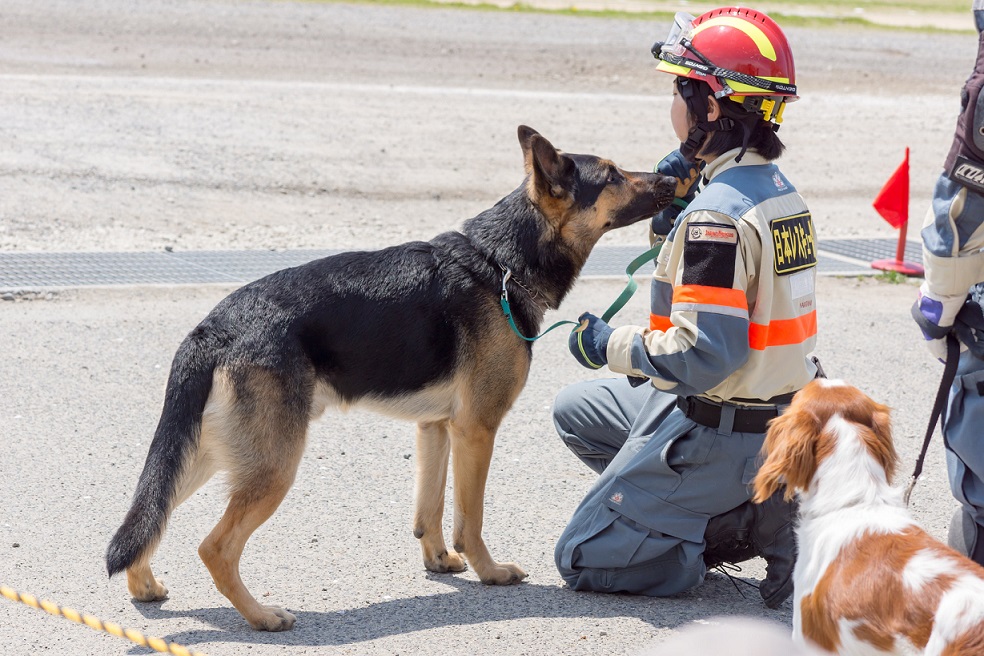This post is also available in:
 עברית (Hebrew)
עברית (Hebrew)
A technology developed at the Ben-Gurion University of the Negev could save lives. It is a difficult task for search and rescue teams to find and retrieve people who are injured and need assistance. Dogs, however, make that job much more feasible because of their powerful sense of smell and training they receive. They have the ability to locate people who need help much more quickly and effectively.
Dogs have been used to search and rescue for humans for ages. They were even used in World Wars, all the way dating back to World War I where the Germans and French used them to find wounded soldiers. As people become more creative and technology advances, new productive methods are developed.
One new advancement that has been recently discovered is giving dogs the capability to respond to haptic vibration commands when wearing a modified canine vest, according to phys.org. The research and development has been conducted by an interdisciplinary research team at Ben-Gurion University of the Negev.
Dogs of course have to be properly trained in order to be able to use this technology. The vest consists of four small vibrating motors laid over the back and sides of a dog in which it can be used to command dogs to behave according to certain vibrations. All of these vibrations and commands are sent through a wireless remote control. The dogs will be able to respond appropriately to the commands depending upon how long the vibrations are and other important distinctions.
It is a commercially available fabric vest modified with vibration motors, creating vibrational commands. Research shows that dogs respond in an even better manner to these vibrational cues compared to vocal commands. Not only will the vest be useful for search and rescue, but it can also assist owners who are disbaled. As the vest becomes more developed through the years, it can eventually be used for military work dog and service dog programs.
Researchers hope the vest will be ready for use in the near future, according to phys.org.


























